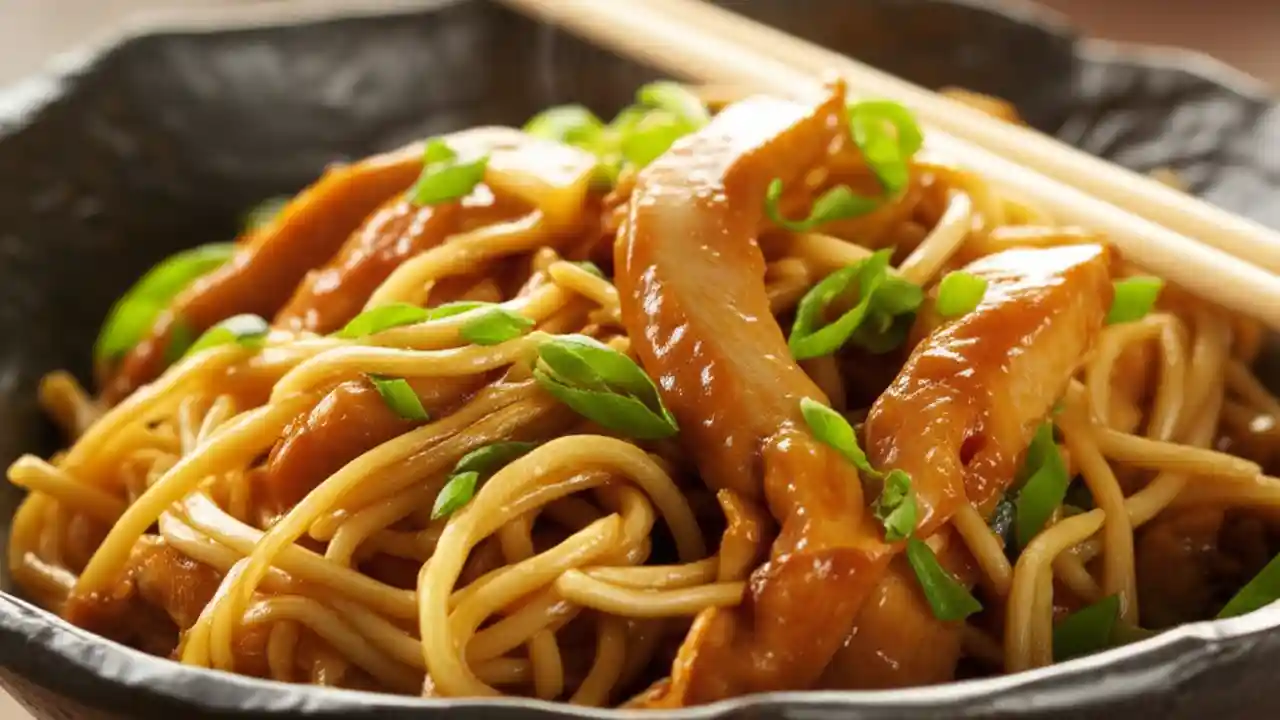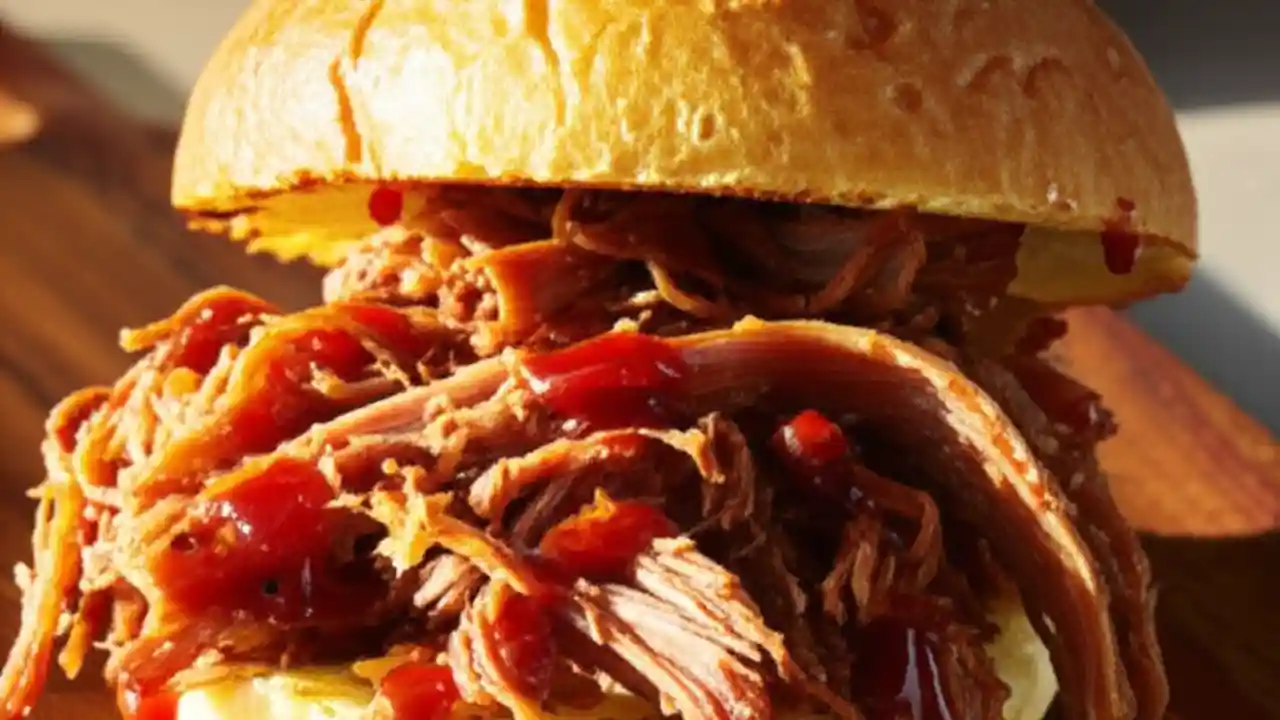The absolute best healthy breakfast casserole recipes masterfully combine lean protein, fiber-rich vegetables, and smart carbohydrates into a single, delicious dish. They are, without a doubt, the ultimate solution for a satisfying, make-ahead breakfast that fuels your busiest days. As someone who has spent two decades crafting and perfecting meal-prep-friendly dishes, I can tell you that a great casserole is a game-changer for your morning routine.
In this comprehensive 2025 guide, we’ll go far beyond just a list of recipes. We’ll explore the secrets to making your casserole fluffy instead of soggy, dive into brilliant variations for every dietary need—from high-protein to low-carb breakfast bakes—and cover all the pro tips for storage and reheating. My goal is for this to be the only guide you’ll ever need on the topic.
Table of Contents
The Anatomy of a Perfect Healthy Breakfast Casserole
Before we jump into specific recipes, let’s build the foundation. Understanding the “why” behind the ingredients and methods is what separates a good casserole from a great one. This is how you learn to improvise and create your own signature bake.
What Exactly Makes a Breakfast Casserole “Healthy”?
The word “healthy” can be subjective, but in the context of a balanced breakfast, it generally means hitting a few key nutritional targets. A truly healthy casserole isn’t just about what you leave out (like excessive grease or processed meats), but what you intentionally put in.
- Lean Protein: This is crucial for satiety, helping you stay full and focused until lunch. Think eggs, egg whites, lean turkey sausage, chicken breast, cottage cheese, or even plant-based options like tofu.
- Complex Carbohydrates: These provide sustained energy, unlike the quick spike and crash from sugary cereals. Good sources include sweet potatoes, quinoa, rolled oats, or whole-grain bread.
- Fiber & Micronutrients: This is where vegetables shine. Loading up your casserole with spinach, bell peppers, onions, broccoli, and mushrooms adds bulk, flavor, vitamins, and essential fiber for digestive health.
- Healthy Fats: A small amount of healthy fat is important for hormone function and absorbing certain vitamins. This can come from avocado (served on the side), olive oil used for sautéing, or cheeses used in moderation.
The Secret to a Fluffy, Not Soggy, Casserole
This is the number one question I get. A watery or overly dense casserole is a huge disappointment. After years of trial and error, I’ve pinpointed three non-negotiable steps to guarantee a perfect texture every time.
- Pre-cook Your Veggies: Vegetables, especially mushrooms, onions, and spinach, release a lot of water when they cook. If you add them raw, that water ends up in the bottom of your casserole dish, creating a soggy mess. Always sauté your vegetables first until they’ve released most of their moisture and are slightly tender.
- Manage Your Liquid Ratio: The ratio of eggs to milk (or a milk alternative) is key. Too much milk will result in a quiche-like, sometimes “weepy” texture. A good starting point is about 1/4 to 1/2 cup of milk for every dozen eggs. This helps create steam for a fluffy lift without making it watery.
- Choose Your “Base” Wisely: If you’re using bread, stale or toasted bread works best because it absorbs the egg mixture without turning to complete mush. If using potatoes, par-cooking them ensures they are tender in the final bake.
Why Did My Casserole Turn Out Watery or Spongy?
Let’s troubleshoot the most common issues. If your casserole didn’t turn out right, it was likely due to one of these culprits. Here’s a quick-glance table to help you diagnose the problem for next time.
| The Problem | The Likely Cause | The Solution for Next Time |
|---|---|---|
| Watery Bottom | Raw, high-moisture vegetables (e.g., spinach, mushrooms) were used. | Always sauté vegetables first to cook out excess water before adding to the mixture. |
| Spongy or Rubbery Texture | Over-baking. The proteins in the eggs have tightened up too much. | Bake just until the center is set (a knife inserted comes out clean). It will continue to cook slightly from residual heat after you remove it from the oven. |
| Too Dense or Flat | Not enough eggs for the volume of other ingredients, or no leavening. | Ensure a good egg-to-filling ratio. Adding a pinch of baking powder (about 1/2 tsp per dozen eggs) can provide a little extra lift. |
| Greasy | Used high-fat meats (like regular pork sausage or bacon) without draining the fat. | Pre-cook meats and drain all the rendered fat thoroughly before incorporating them into the casserole. Choose leaner options like turkey sausage or chicken. |
Core Healthy Breakfast Casserole Recipes for Every Diet
Now for the fun part! Here are a few of my tested-and-perfected base recipes. Use them as a starting point and feel free to customize them based on what you have in your fridge.
My Go-To “Everything” Healthy Breakfast Casserole
This is the classic crowd-pleaser. It’s balanced, flavorful, and incredibly simple. It’s the recipe I make most often for my family on a Sunday to prepare for the week ahead.
Ingredients:
- 1 tbsp olive oil
- 1 lb lean turkey sausage, casings removed
- 1 red bell pepper, diced
- 1 green bell pepper, diced
- 1 medium onion, diced
- 2 cloves garlic, minced
- 5 cups fresh spinach
- 12 large eggs
- 1/2 cup unsweetened almond milk (or milk of choice)
- 1 tsp dried oregano
- 1/2 tsp salt
- 1/4 tsp black pepper
- 1 cup shredded part-skim mozzarella cheese, divided
Instructions:
- Preheat oven to 375°F (190°C). Lightly grease a 9×13 inch baking dish.
- In a large skillet over medium-high heat, cook the turkey sausage, breaking it apart with a spoon, until browned. Remove the sausage from the skillet and set aside, draining any fat.
- In the same skillet, add the olive oil, bell peppers, and onion. Sauté for 5-7 minutes, until softened. Add the garlic and cook for another minute until fragrant.
- Add the spinach to the skillet in handfuls, stirring until it wilts down completely. Remove from heat.
- In a large bowl, whisk together the eggs, almond milk, oregano, salt, and pepper until smooth and slightly frothy.
- Spread the cooked sausage and sautéed vegetables evenly in the bottom of the prepared baking dish. Sprinkle with half of the cheese.
- Pour the egg mixture evenly over the top. Sprinkle the remaining cheese over the casserole.
- Bake for 25-30 minutes, or until the center is set and the top is lightly golden brown. Let it cool for 10 minutes before slicing and serving.
The Ultimate Veggie-Loaded Breakfast Bake
This vegetarian version is so packed with flavor and color, you won’t miss the meat at all. It’s a fantastic way to hit your five-a-day before noon.
For this recipe, you’ll follow the same basic egg mixture and baking instructions as the “Everything” casserole above but make these ingredient swaps:
- Omit the sausage.
- Increase the veggies: Use 1 bell pepper, 1 medium zucchini (diced), 8 oz of sliced mushrooms, and 1 cup of broccoli florets. Sauté them all until tender and the moisture has evaporated.
- Add a flavor booster: Stir in 1/4 cup of crumbled feta cheese or goat cheese along with the mozzarella for a tangy, delicious kick.
High-Protein Powerhouse Casserole (for Fitness Lovers)
To maximize the protein content for muscle recovery and ultimate satiety, we’ll make a few key adjustments. This is my secret weapon after a tough morning workout.
Key Changes:
- Adjust the Egg Ratio: Use 6 whole eggs and 1 cup of liquid egg whites (equivalent to about 8 more whites). This bumps up the protein while keeping fat in check.
- Add Cottage Cheese: Whisk 1 cup of low-fat cottage cheese into the egg mixture. It sounds strange, but it melts into the casserole, adding incredible creaminess and a significant protein boost.
- Use Lean Protein: Stick with 1 lb of cooked, diced chicken breast or lean turkey sausage.
Low-Carb & Keto-Friendly Breakfast Casserole
This version skips the traditional starchy base like bread or potatoes, making it perfect for anyone following a low-carb or ketogenic lifestyle. The focus is purely on protein, healthy fats, and low-carb vegetables.
The Method:
- Use a base of meat and vegetables. A classic combination is 1 lb of ground sausage and 8 oz of bacon, cooked and crumbled (be sure to drain all the fat).
- Use low-carb veggies like bell peppers, onions, and spinach. Avoid potatoes, sweet potatoes, and corn.
- Use a full-fat cheese like cheddar or a Colby-Jack blend for better flavor and satiety. Use 1.5 to 2 cups.
- For the liquid, you can use heavy cream or unsweetened almond milk instead of regular milk to keep the carbs minimal. Use the same 12-egg base.
- Assemble and bake as you would the other casseroles. It’s rich, satisfying, and completely guilt-free on a keto diet.
Ingredient Swaps & Customizations
The beauty of a casserole is its versatility. Think of the recipes above as templates. Here’s how to swap ingredients to match your taste and what’s in your pantry.
Choosing Your Protein: Beyond Sausage and Bacon
While sausage and bacon are classics, they aren’t the only options. Expanding your protein horizons can make your casserole even healthier and more interesting.
- Diced Ham: A great way to use up leftover holiday ham. It’s already cooked, so just dice it and add it in.
- Shredded Chicken: Rotisserie chicken is a fantastic shortcut.
- Chorizo: For a spicy, smoky kick. Be sure to cook and drain it well.
- Plant-Based: Use a vegan sausage crumble, black beans (for a Southwestern style), or crumbled firm tofu.
Smart Carb Choices: Potatoes, Sweet Potatoes, or Bread?
If you’re including a starchy base, each option brings something different to the table. Here is a comparison to help you choose.
| Carb Source | Best For | Nutritional Profile | Pro Tip |
|---|---|---|---|
| Whole-Grain Bread | A classic, “strata-like” texture. Soaks up the egg mixture well. | Good source of fiber if using 100% whole grain. | Use stale or toasted bread cubes to prevent sogginess. |
| Sweet Potatoes | A slightly sweet flavor and a vibrant color. Adds moisture. | Excellent source of Vitamin A, fiber, and complex carbs. Gluten-free. | Shred or dice into small 1/2-inch cubes and sauté until slightly tender before adding to the dish. |
| Russet or Yukon Gold Potatoes | A hearty, traditional breakfast feel. | Provides potassium and a classic savory base. Gluten-free. | Par-boil or sauté the diced potatoes first to ensure they are fully cooked in the final casserole. Frozen hash browns (thawed) are a great shortcut. |
Going Egg-Free: Can You Make a Vegan Breakfast Casserole?
Yes, absolutely! Creating a delicious vegan breakfast casserole is all about finding the right egg substitute to provide the structure.
The most popular and effective method is a “tofu scramble” base. Crumble a block of firm or extra-firm tofu and season it generously with nutritional yeast (for a cheesy flavor), black salt (kala namak, for an eggy flavor), turmeric (for color), and your favorite herbs. You can also use a liquid egg substitute like JUST Egg, which bakes up remarkably like real eggs. Combine your chosen base with sautéed veggies and plant-based sausage, then bake until firm.
Meal Prep, Storage, and Reheating Like a Pro
A breakfast casserole is a meal prepper’s dream. Cook once, eat for days. Here’s how to handle it correctly to maintain taste and texture.
Can I Prepare a Breakfast Casserole the Night Before?
Yes, and it’s one of the best things about them! This is perfect for a stress-free holiday morning or a busy weekday.
- Fully prepare the casserole right up to the point of baking. This means cooking your meats and veggies, whisking your eggs, and assembling everything in the baking dish.
- Cover the dish tightly with plastic wrap or a lid and refrigerate overnight.
- In the morning, remove the casserole from the fridge for about 20-30 minutes to let it come closer to room temperature while your oven preheats. This prevents the cold glass dish from cracking and ensures more even cooking.
- You may need to add 5-10 minutes to the total baking time since you’re starting from a colder temperature. Bake until the center is set.
How to Freeze and Reheat for Quick Morning Meals
Casseroles freeze beautifully. I recommend freezing them in individual portions for the ultimate grab-and-go breakfast.
- To Freeze: Let the baked casserole cool completely. Slice it into individual portions, wrap each portion tightly in plastic wrap, and then place them in a larger freezer-safe bag or container. They will last for up to 3 months in the freezer.
- To Reheat: The best way is to take a portion out of the freezer the night before and let it thaw in the refrigerator. Then, you can microwave it for 60-90 seconds or heat it in a toaster oven for a few minutes until warm. Reheating in a toaster oven or air fryer will give you the best texture and slightly crispy edges.
How Long Does Breakfast Casserole Last in the Fridge?
Once baked, a breakfast casserole can be stored in an airtight container in the refrigerator for 3 to 4 days. This makes it perfect for cooking on a Sunday and enjoying for breakfast through Wednesday or Thursday.
Your New Favorite Morning Routine
Mastering the healthy breakfast casserole is about more than just following a recipe; it’s about embracing a method that makes your mornings easier, healthier, and more delicious. The true magic lies in its adaptability—it can be tailored to fit any diet, preference, or pantry. By focusing on a balance of lean protein, colorful vegetables, and smart carbs, you create a powerful meal that sets you up for success.
I hope this guide has empowered you to get creative in the kitchen. Feel free to share this guide with a friend who needs some breakfast inspiration!







